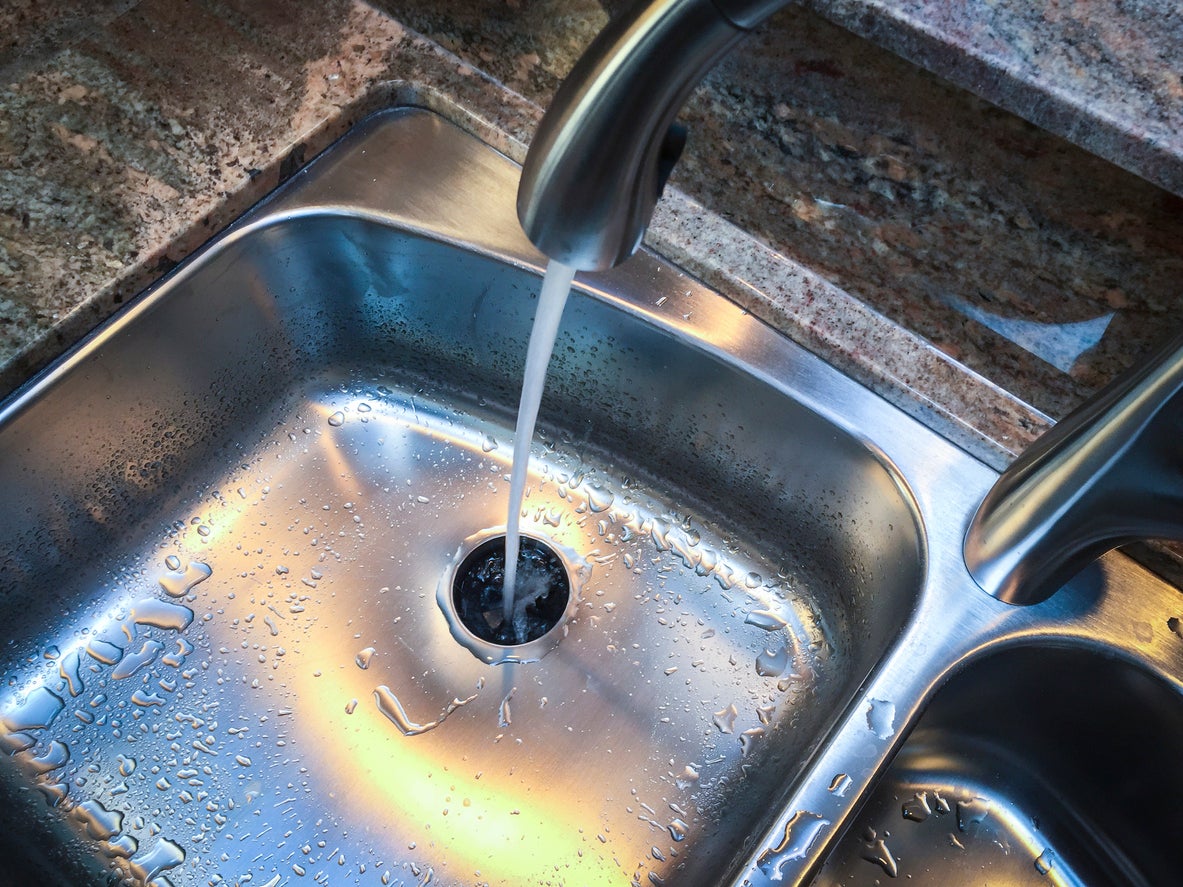Clear Instructions for Repairing a Leaky Waste Disposal
Clear Instructions for Repairing a Leaky Waste Disposal
Blog Article
Presented here down the page you can locate a bunch of great advice relating to Why Is .

Garbage disposals are crucial kitchen home appliances that assist in taking care of food waste efficiently. Nevertheless, a leaking garbage disposal can be a frustrating and unpleasant problem to take care of. Fortunately, numerous leaks can be taken care of easily with a few easy actions. In this write-up, we will discuss how to fix a leaking garbage disposal successfully.
Introduction
Waste disposal unit are mounted under kitchen area sinks and are developed to shred food waste right into smaller pieces, permitting it to travel through the pipes system easily. While these devices are typically dependable, leaks can take place gradually because of deterioration, loose links, or damage to the unit.
Step-by-Step Guide to Repairing a Dripping Garbage Disposal
Shut off the Power
Prior to attempting any kind of fixings, make sure that the power to the waste disposal unit system is turned off to stop the risk of electrical shock.
Locate the Leak
Identify the specific area of the leakage and identify the reason
Tighten Links
Utilize a wrench to tighten up any loosened connections in between the disposal device and the pipes system.
Replace Seals or Gaskets
If the leak results from worn seals or gaskets, remove the old parts and replace them with brand-new ones.
Patching Cracks or Holes
For splits or holes in the disposal device, use epoxy or an appropriate patching product to seal the damaged location.
Recognizing the Resource of the Leakage
Before trying to repair a dripping waste disposal unit, it is necessary to recognize the source of the leak. This can typically be done with aesthetic evaluation or by carrying out straightforward tests.
Visual Assessment
Evaluate the waste disposal unit system very carefully for any kind of signs of water leakage. Pay very close attention to areas around seals, gaskets, and connection points.
Evaluating for Leaks
One way to examine for leakages is by running water through the disposal device and looking for any visible indicators of leakage.
Usual Reasons For Leakages in Garbage Disposals
Worn Seals and Gaskets
Seals and gaskets play a crucial duty in preventing water from dripping out of the garbage disposal. Over time, these components can degrade, leading to leakages around the disposal device.
Loose Connections
The links in between the garbage disposal and the plumbing system can become loose in time, triggering water to leakage out during procedure.
Fractures or Holes in the Disposal Device
Physical damages to the garbage disposal, such as cracks or openings in the housing, can likewise lead to leakages.
Tools and Products Needed for Taking Care Of a Leaking Waste Disposal Unit
Prior to beginning the fixing process, collect the needed tools and products, consisting of a screwdriver, flexible wrench, plumbing technician's putty, replacement seals or gaskets, and epoxy or patching product for repairing cracks or holes.
Testing the Garbage Disposal After Fixing
As soon as the repair service is full, evaluate the garbage disposal by running water with it to make certain that the leakage has been dealt with.
Preventive Maintenance Tips to Stay Clear Of Future Leaks
To prevent future leakages, it is vital to do routine maintenance on your waste disposal unit. This consists of keeping it clean, staying clear of putting non-food products or hard items down the disposal, and periodically checking for leaks or other problems.
Final thought
In conclusion, fixing a dripping waste disposal unit is a relatively uncomplicated process that can be finished with fundamental tools and products. By following the actions detailed in this short article and exercising preventative maintenance, you can maintain your waste disposal unit in good working problem and avoid pricey fixings in the future.
HERE’S HOW TO FIX YOUR GARBAGE DISPOSAL
WHAT TO DO IF SOMETHING IS STUCK IN YOUR GARBAGE DISPOSAL
If the impeller won’t turn, there’s probably something stuck in the disposal. It could be a steak bone or peach pit, although plumbers report pulling all sorts of inappropriate objects out of disposals, such as bottle caps or aluminum foil. Make sure power to the disposal is off, and look inside to see if you can see the source of the jam.
Never stick your fingers in a disposal. Pull out anything you see with tongs or pliers.
If the disposal still won’t work, it may be time to call a plumber or consider buying a new disposal. GEM Plumbing & Heating is here for all of your garbage disposal needs.
WHAT TO DO IF YOUR GARBAGE DISPOSAL DRAIN IS CLOGGED
Take everything out from underneath your sink and put a bucket or other container under your disposal to catch any water that drains out. Disconnect your disposal from the power supply. If it’s plugged into a wall outlet, unplug it. If it’s hardwired into an electrical box, go to the electrical panel and turn off the breaker for the disposal. Pour ¼ cup of baking soda into the drain, followed by ½ cup of white vinegar. Give the solution a few minutes to fizz and do its work. Look into the disposal with a flashlight to see if you can see an object that might be causing the clog. If you see it, remove it using tongs or pliers. MORE TIPS ON DEALING WITH A CLOGGED GARBAGE DISPOSAL
Never use drain cleaner in a garbage disposal. It can damage the plastic parts inside the disposal. You can also be splashed with the caustic liquid while working to clear the clog. Beware! Never stick your fingers into a garbage disposal. Trust us — not a good idea. In many instances, your dishwasher drains through your garbage disposal. This allows the disposal to grind any large food particles that may be drained out of your dishwasher. There are some jurisdictions, however, where the plumbing code prohibits such a connection. WHAT TO DO WHEN YOUR DISHWASHER DRAINS THROUGH THE DISPOSAL
Run some water in the sink so your plunger has at least a ½-inch of water to create a seal and plunge vigorously up and down several times. You may need to repeat this several times. Run hot water down the drain to clear any residue that remains.

As a passionate person who reads about Why Is , I think sharing that article was really helpful. Are you aware of somebody else who is in to Why Is ? Why not share it. Many thanks for your time. Don't forget to check up our blog back soon.
Click On This Link Report this page